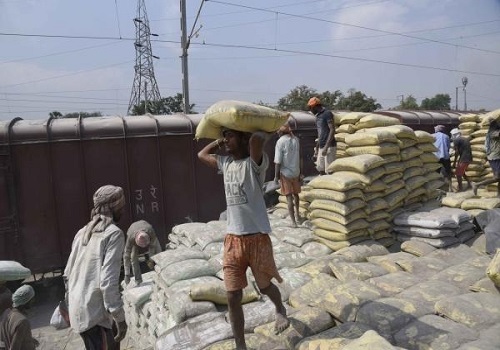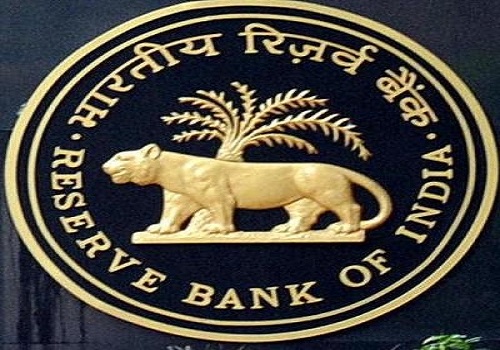Lower imports lead the moderation By Emkay Global Financial Services
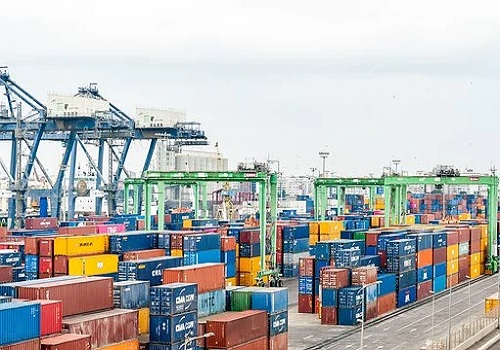
Follow us Now on Telegram ! Get daily 10 - 12 important updates on Business, Finance and Investment. Join our Telegram Channel
https://t.me/InvestmentGuruIndiacom
Download Telegram App before Joining the Channel
* The November trade deficit narrowed to USD24bn after four consecutive months of strain, averaging at ~USD28bn. The narrowing was led by continued consolidation in imports, even as exports remain weak. Bleak global demand continued to weigh on exports in addition to the various export restrictions, while imports have seen broad-based moderation, with NONG contracting 0/6%m/m. Services trade surplus saw a new peak, at USD12.8bn.
* Exports weakness (0.6%YoY) was driven by engineering goods, iron & ore, textiles, etc. Imports decline, reflecting the weak domestic demand, was led by transport equipment and electronic goods, while capital goods have stayed healthy on YoY basis. Oil imports continue to weaken, but oil deficit eased to USD11.3bn.
* The FYTD23 merchandise trade deficit (USD198bn) implies that the FY23 CAD is likely to be near record-highs, with upside risks, as India's potentially-faster growth path amid a deteriorating global backdrop could carry risk of a wider CAD. We maintain our FY23 CAD forecast at 3.4%, with a slight downward bias. Capital account will remain tricky too, implying that the BoP deficit may soar to USD67bn vs +USD47.5bn in FY22.
Exports fall sharply, weighing on trade deficit
The trade deficit in November narrowed to USD23.9bn from USD26.7bn prior, logging the first month of subUSD25bn reading after four consecutive months of strain, and averaging at ~USD28bn. The narrowing was led by continued consolidation in imports, even as exports remain weak. Exports rose by a mild 1.9% MoM, after 11% contraction prior. However, at USD31.9bn, Exports are still low as against the CYTD average of USD38bn. The annualised print is also bleak, at 0.6% YoY (-12% prior), with 15 of the 30 exports subsegments printing positive growth. The continued weak global demand has been weighing on exports, specifically engineering and iron-ore products, being key exports, hurt by demand slowdown from major trade partners. Electronic goods have been a bulwark for Indian exports post Covid, but falling global-goods demand has led to this exports segment declining for seven of the last eight months. The 15% export duty on steel and iron ore also put pressure, but the recent reduction in this export duty should also help boost engineering goods shipments in coming months. Meanwhile, export demand for dyes and organic chemicals is marred by demand slowdown in traditional textile markets.
Imports decline continues, led by weaker NONG demand
Imports continued to fall, with the November print being the lowest in the last ten months, led by lower global commodity prices and weaker domestic demand. Imports contracted 5.4% MoM which led to a moderation to 5.4% YoY (10% prior). However, imports maintain a steady 29.5% YTD growth. Oil imports were sharply down 13.4% sequentially (10.5% YoY). The non-oil non-gems & jewellery imports remain weak sequentially, at USD34.5bn in November (6.6% YoY), albeit up 27% YTD vs last year. The weakness in imports may persist, with further fall in global commodity prices helping faster moderation in imports ahead.
Services trade surplus remains healthy
The trend in services trade continues to be robust, higher than previous-month peak. Services exports improved a tad, as per govt. estimates, to USD26.23 from USD25.4bn in October, while imports stayed steady at ~USD13.5bn, keeping the surplus close to all-time highs of USD12.8bn (USD11.9bn in October). Monthly average surplus remains comfortable at USD10.9bn for FY23TD, up from USD8.9bn for FY22TD.
We maintain FY23 CAD/GDP at 3.4%, with downward bias; BoP deficit to be above US$60bn
The FYTD23 merchandise trade deficit has registered a deficit of USD198.3bn as against USD115.3bn over the same period last FY, implying that the current account deficit pressure will be immense. Merchandise trade deficit is likely to remain over USD20-25bn for an extended period, amid still-elevated energy prices and high global uncertainty. However, easing commodity prices in coming months and 4Q seasonality could see the deficit moderate. India's potentially-faster growth path against a deteriorating global backdrop could carry risk of a wider CAD. We expect FY23 CAD at USD118bn (3.4% of GDP), but with a downward bias, assuming oil stays at current levels and commodities see more correction. CAD funding pain is likely to linger in the near term, as global portfolios continue to reassess positions amid financial tightening & recession fears, thus demanding higher EM risk premia. FPI (equity) flows ahead would remain negative, but we believe Q4FY23 will see mild inflows, as CY22 bears the front-loaded pain. On net basis, even if we assume FDI to be sticky, we see FY23 BoP deficit soaring to USD67bn from a surplus of USD47.5bn in FY22. This implies complementary policy efforts on both, the fiscal and monetary fronts, essentially reflecting the looming pain on BoP, funding risks and external imbalances thereof, apart from limitations on the RBI’s FX intervention. This report is intended for team.emkay@whitemarquesolutions.com use and downloaded at 12/19/2022 11:49 AM This report is
To Read Complete Report & Disclaimer Click Here
For More Emkay Global Financial Services Ltd Disclaimer http://www.emkayglobal.com/Uploads/disclaimer.pdf & SEBI Registration number is INH000000354
Above views are of the author and not of the website kindly read disclaimer


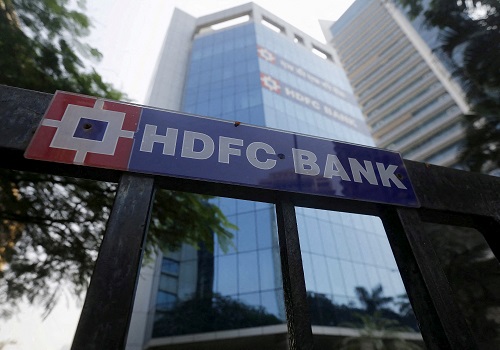


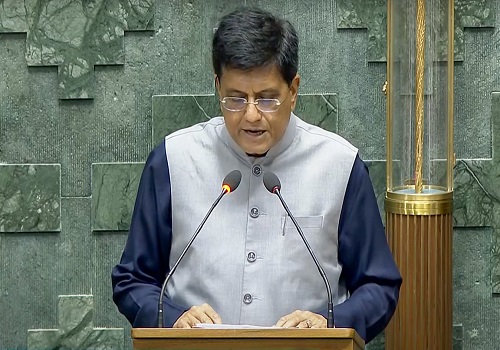




Tag News

Monthly Debt Market Update, September 2023: CareEdge Ratings








